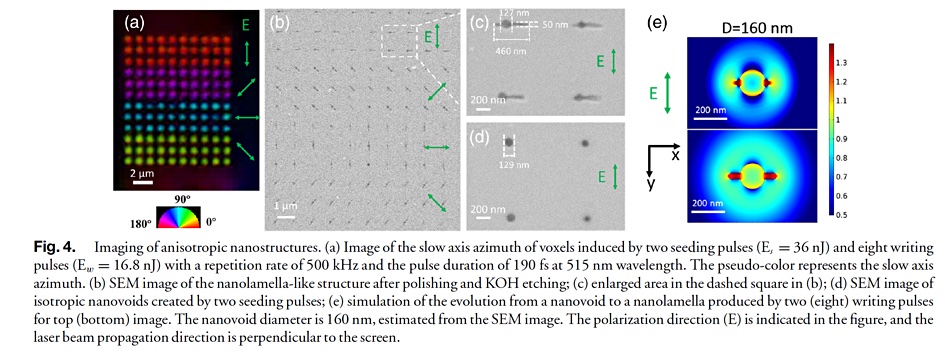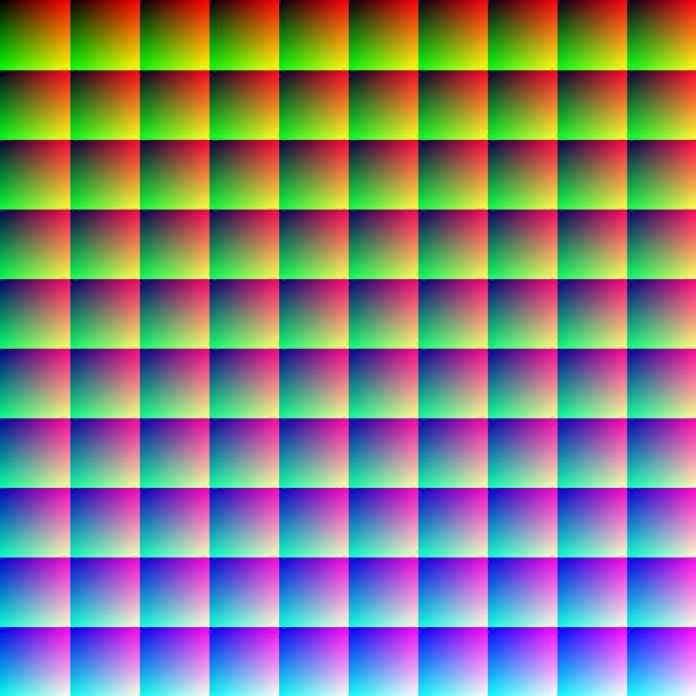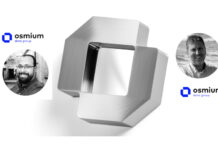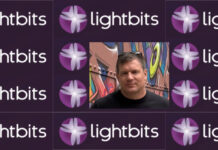University of Southampton optical scientists say that a 127mm diameter silica glass disk could store 500TB of data using a five-dimensional recording technology.
This builds on earlier Project Silica research with Microsoft which stored 75.6GB of data using multiple layers in a slab of silicon with data written using femtosecond laser pulses to create localised polarization-based nanostructures or voxels, varying by position, orientation, and size, in the glass. These are readable by a computer-controlled camera and microscope. But the data storage density and read and write speeds were impractical for commercial data storage.
Scientists in the Optoelectronics Research Centre (ORC) at the University of Southampton, led by Professor Peter G. Kazansky, continued researching the optical properties of silica glass at nanoscale and have devised a dimensional recording method using two optical and three spatial dimensions of silica glass. The detailed results have spawned a raft of scientific papers culminating in a June 2021 Optica paper called “High speed ultrafast laser anisotropic nanostructuring by energy deposition control via near-field enhancement.” Download a PDF copy here.
Before attempting to summarise it we need to set out six definitions:
- Anisotropic means that when something is viewed from different directions it has different values or properties such as its refractive index.
- Birefingence is the refractive index of a material that varies with the propagation direction and polarisation of light.
- A nanolamella is a thin and flat plate-like or layer structure at nanoscale.
- Near field enhancement is an enhancement of an electromagnetic field in a local area.
- The slow axis of a birefringent fibre is the axis in which the index of refraction is higher. Light in this axis moves slower than light in an alternate fast axis.
- A voxel is a volumetric element of data at a location inside a material.
The scientists created nanoscale circular voids or holes — 130nm in size — in the silicon using a femtosecond laser pulse to create a micro-explosion and then a set of following pulses to alter the shape, size and edges of the void to create 460x50nm nanolamellas using near field enhancement effects to do so. This made the voids anisotropic and, by varying the laser pulses, the scientists controlled the birefringence, slow axis and retardence strength of light in the voids.
Data was written, effectively in these pits, located in three dimensions, by varying the light’s slow axis for the fourth dimension and retardance for the fifth dimension. Thus they were able to create voxels with each voxel containing four bits of data and two voxels representing an 8-bit byte.

A demonstration created a 50-layer 8.8mm by 8.8mm glass plate with 6GB of data stored in it, written at 225KB/sec. They demonstrated near 100 per cent read accuracy without using any error correction. By extending their technology, the scientists conclude they could create a compact disk-sized glass disk (127mm diameter x 4mm thick) and store 500TB of data in 8-bit voxels.
They say: “The current data readout speed of several bytes/sec, limited by the manually controlled imaging system, could be improved to tens of megabytes/sec by automatic polarisation imaging and more powerful decoding algorithms. … MB/sec data writing speed could be achieved with a 40MHz repetition rate femtosecond laser.”
The scientists are continuing their research and it is up to commercial storage technology companies to examine it and see if, once again, very high-capacity optical disk storage is seriously worth looking at.







